Handmade knives are more than just tools; they are the embodiment of centuries-old craftsmanship, skill, and artistry. For many, owning a handmade knife isn’t just about its practical use, but also about appreciating the time, precision, and personal touch that goes into creating each piece. In this blog, we’ll take a closer look at the process behind crafting these blades, from raw material selection to the final polish, and why handmade knives are truly one-of-a-kind.
1. The Importance of Material Selection
The foundation of any great handmade knife starts with choosing the right materials. This includes both the blade and the handle materials. High-carbon steel or Damascus steel is often chosen for its durability and ability to hold a sharp edge. Damascus steel, in particular, is prized for its beautiful wavy patterns and exceptional strength, making it a favorite among knife collectors and artisans alike.
Handle materials are equally important. Craftspersons often choose exotic woods like desert ironwood, walnut, or stabilized burl, as well as other materials like bone, antler, or even modern composites such as G10. Each material is selected not only for its aesthetic qualities but for durability and comfort during use.
2. Forging the Blade: From Raw Steel to Art
Once the materials are selected, the blade creation process begins. This is where the real craftsmanship comes into play. The steel is heated in a forge until it reaches the correct temperature for shaping. Using hammers and anvils, the bladesmith carefully shapes the metal into the desired form. This process is labor-intensive and requires a deep understanding of how the steel behaves under different conditions.
For Damascus blades, multiple layers of different steels are forge-welded together and repeatedly folded to create the signature wavy patterns. The number of layers and folds can significantly affect the strength and look of the final product, making each Damascus knife completely unique.
3. Heat Treatment: Strengthening the Blade
After forging the basic shape, the blade undergoes a crucial heat treatment process. This involves heating the blade to a high temperature and then quenching it in oil or water. This hardens the steel, giving the knife its cutting ability and long-lasting edge retention.
Tempering follows, where the blade is reheated at a lower temperature to relieve some of the internal stresses caused by quenching. This process is a delicate balance between hardness and toughness—too hard, and the blade can become brittle; too soft, and it won’t hold a sharp edge.
4. Shaping the Handle: Combining Form and Function
With the blade taking shape, attention turns to the handle. The handle not only contributes to the knife’s aesthetics but also affects how it feels in the hand. Craftspeople often spend significant time shaping, sanding, and polishing the handle to ensure a comfortable grip.
Artisans often use decorative pins, mosaic patterns, or leather inlays to personalize the handle further. This step is where the knife’s character truly emerges, as no two handmade handles are ever exactly the same.
5. Finishing Touches: Polishing and Sharpening
The final stages involve polishing the blade and sharpening the edge. Polishing not only enhances the blade’s appearance but also helps protect it from corrosion. The sharpening process is equally meticulous, as a razor-sharp edge is what ultimately sets a high-quality handmade knife apart from the rest.
Some bladesmiths use traditional sharpening stones, while others opt for more modern equipment. Either way, the goal is to create a cutting edge that is not only sharp but also durable enough to withstand frequent use.
6. Why Handmade Knives Are Unique
What makes a handmade knife truly special is the individuality of each piece. Since every knife is made by hand, no two are exactly alike. The small variations in the forging, grinding, and finishing processes make each knife a unique work of art.
Beyond the aesthetic, the personal touch of the maker imbues each knife with character and history. Owning a handmade knife means owning a piece of art that reflects the passion, skill, and dedication of its creator.
Conclusion
Handmade knives represent a perfect blend of functionality and artistry. The intricate process of selecting materials, shaping the blade, heat-treating, and crafting the handle results in a unique piece that is built to last. Whether you’re a collector or someone who values high-quality tools, a handmade knife offers a deeper connection to the craft and tradition of bladesmithing.
So, the next time you hold a handmade knife, take a moment to appreciate the incredible skill, history, and artistry that went into its creation.
1. The Importance of Material Selection
The foundation of any great handmade knife starts with choosing the right materials. This includes both the blade and the handle materials. High-carbon steel or Damascus steel is often chosen for its durability and ability to hold a sharp edge. Damascus steel, in particular, is prized for its beautiful wavy patterns and exceptional strength, making it a favorite among knife collectors and artisans alike.
Handle materials are equally important. Craftspersons often choose exotic woods like desert ironwood, walnut, or stabilized burl, as well as other materials like bone, antler, or even modern composites such as G10. Each material is selected not only for its aesthetic qualities but for durability and comfort during use.
2. Forging the Blade: From Raw Steel to Art
Once the materials are selected, the blade creation process begins. This is where the real craftsmanship comes into play. The steel is heated in a forge until it reaches the correct temperature for shaping. Using hammers and anvils, the bladesmith carefully shapes the metal into the desired form. This process is labor-intensive and requires a deep understanding of how the steel behaves under different conditions.
For Damascus blades, multiple layers of different steels are forge-welded together and repeatedly folded to create the signature wavy patterns. The number of layers and folds can significantly affect the strength and look of the final product, making each Damascus knife completely unique.
3. Heat Treatment: Strengthening the Blade
After forging the basic shape, the blade undergoes a crucial heat treatment process. This involves heating the blade to a high temperature and then quenching it in oil or water. This hardens the steel, giving the knife its cutting ability and long-lasting edge retention.
Tempering follows, where the blade is reheated at a lower temperature to relieve some of the internal stresses caused by quenching. This process is a delicate balance between hardness and toughness—too hard, and the blade can become brittle; too soft, and it won’t hold a sharp edge.
4. Shaping the Handle: Combining Form and Function
With the blade taking shape, attention turns to the handle. The handle not only contributes to the knife’s aesthetics but also affects how it feels in the hand. Craftspeople often spend significant time shaping, sanding, and polishing the handle to ensure a comfortable grip.
Artisans often use decorative pins, mosaic patterns, or leather inlays to personalize the handle further. This step is where the knife’s character truly emerges, as no two handmade handles are ever exactly the same.
5. Finishing Touches: Polishing and Sharpening
The final stages involve polishing the blade and sharpening the edge. Polishing not only enhances the blade’s appearance but also helps protect it from corrosion. The sharpening process is equally meticulous, as a razor-sharp edge is what ultimately sets a high-quality handmade knife apart from the rest.
Some bladesmiths use traditional sharpening stones, while others opt for more modern equipment. Either way, the goal is to create a cutting edge that is not only sharp but also durable enough to withstand frequent use.
6. Why Handmade Knives Are Unique
What makes a handmade knife truly special is the individuality of each piece. Since every knife is made by hand, no two are exactly alike. The small variations in the forging, grinding, and finishing processes make each knife a unique work of art.
Beyond the aesthetic, the personal touch of the maker imbues each knife with character and history. Owning a handmade knife means owning a piece of art that reflects the passion, skill, and dedication of its creator.
Conclusion
Handmade knives represent a perfect blend of functionality and artistry. The intricate process of selecting materials, shaping the blade, heat-treating, and crafting the handle results in a unique piece that is built to last. Whether you’re a collector or someone who values high-quality tools, a handmade knife offers a deeper connection to the craft and tradition of bladesmithing.
So, the next time you hold a handmade knife, take a moment to appreciate the incredible skill, history, and artistry that went into its creation.








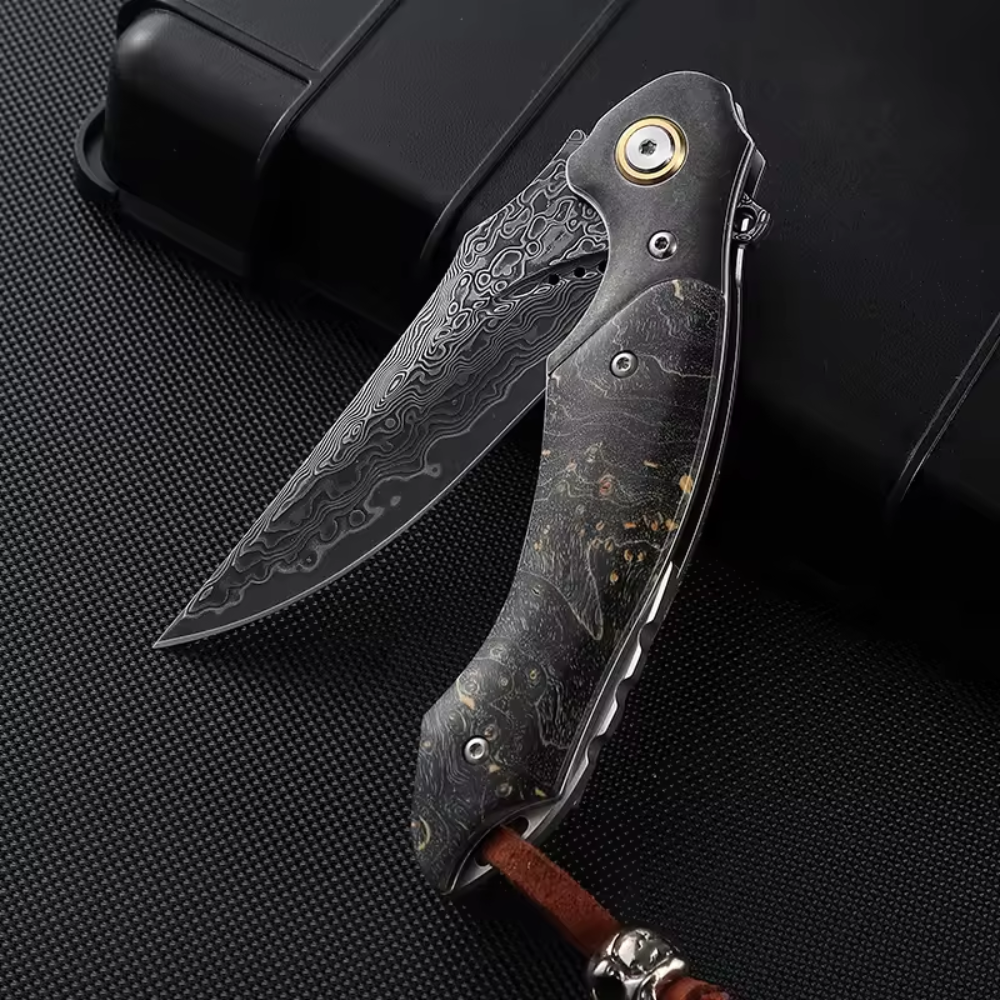
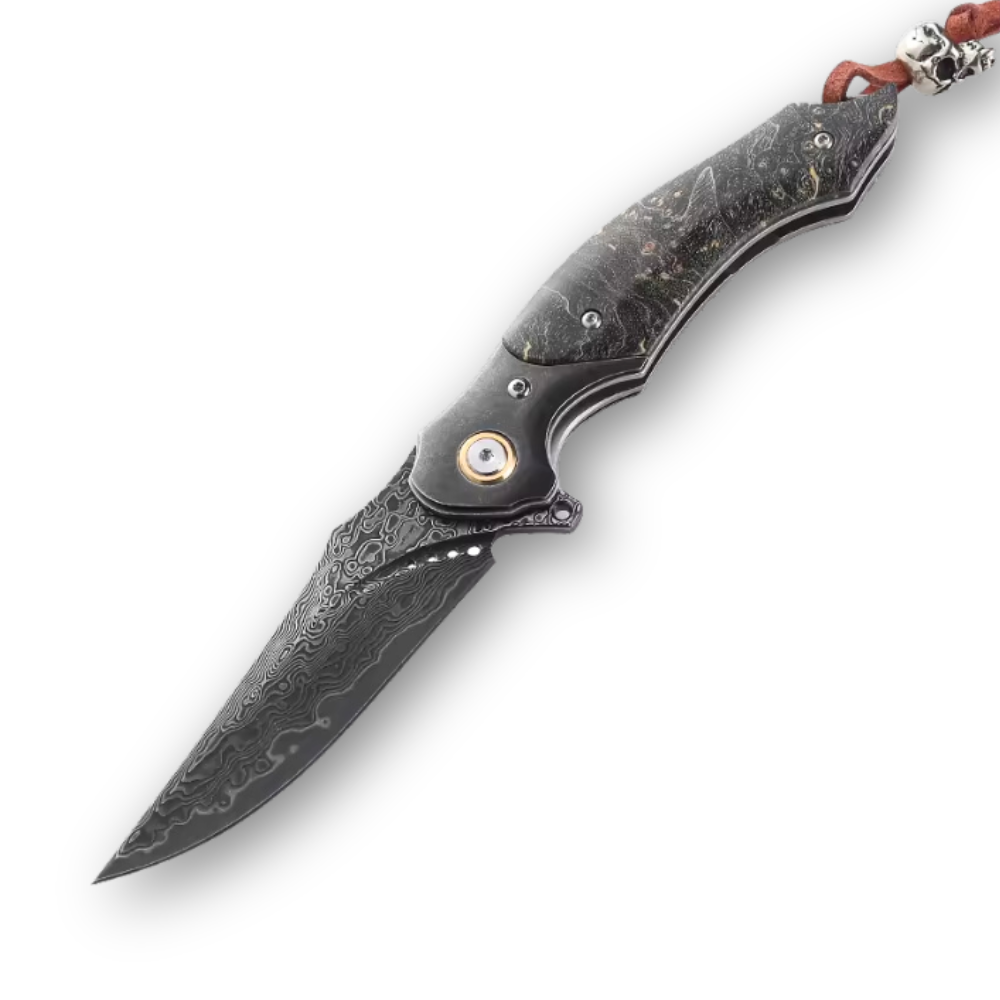
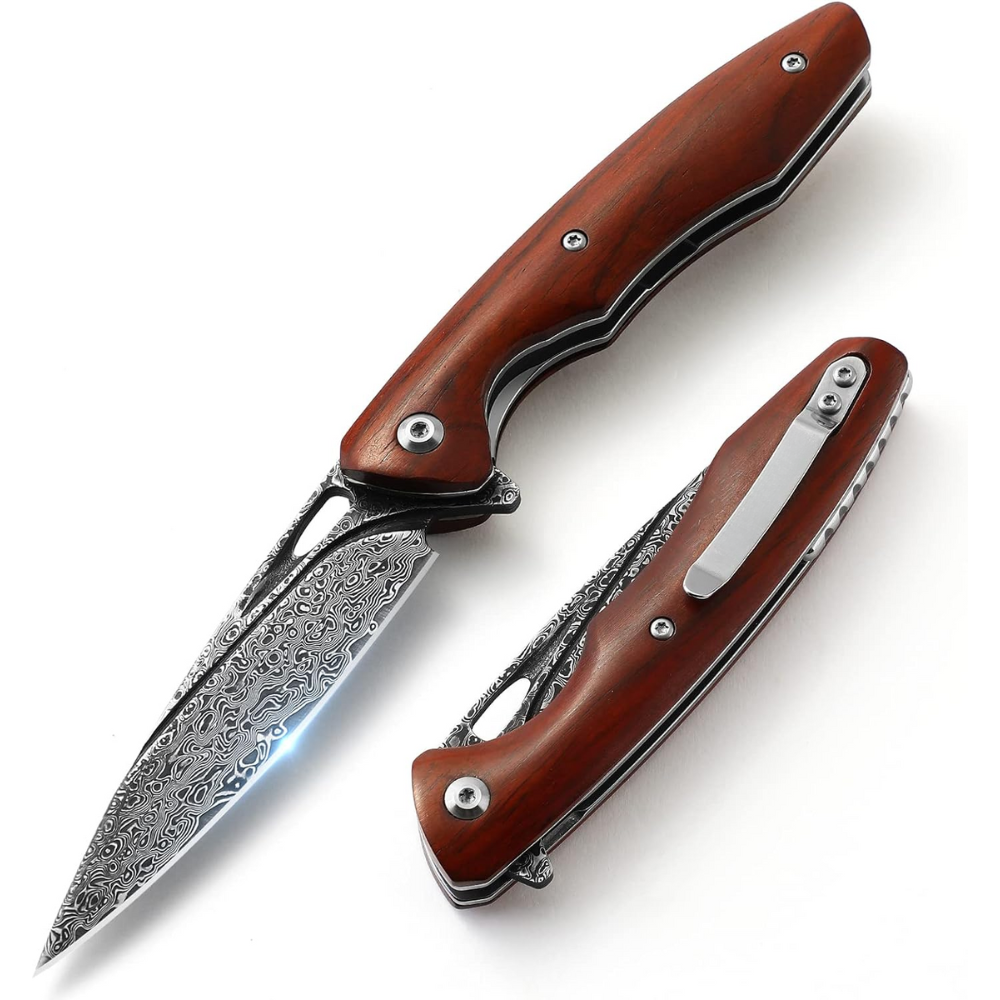
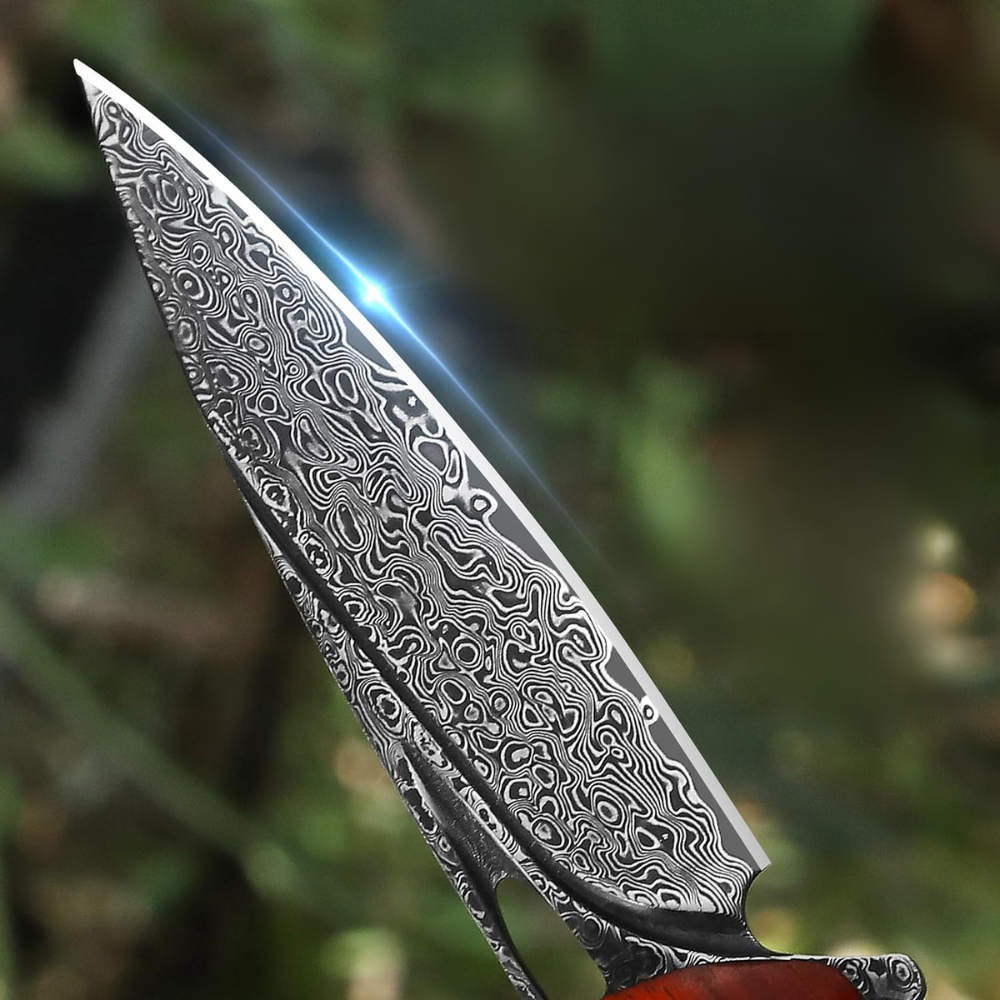








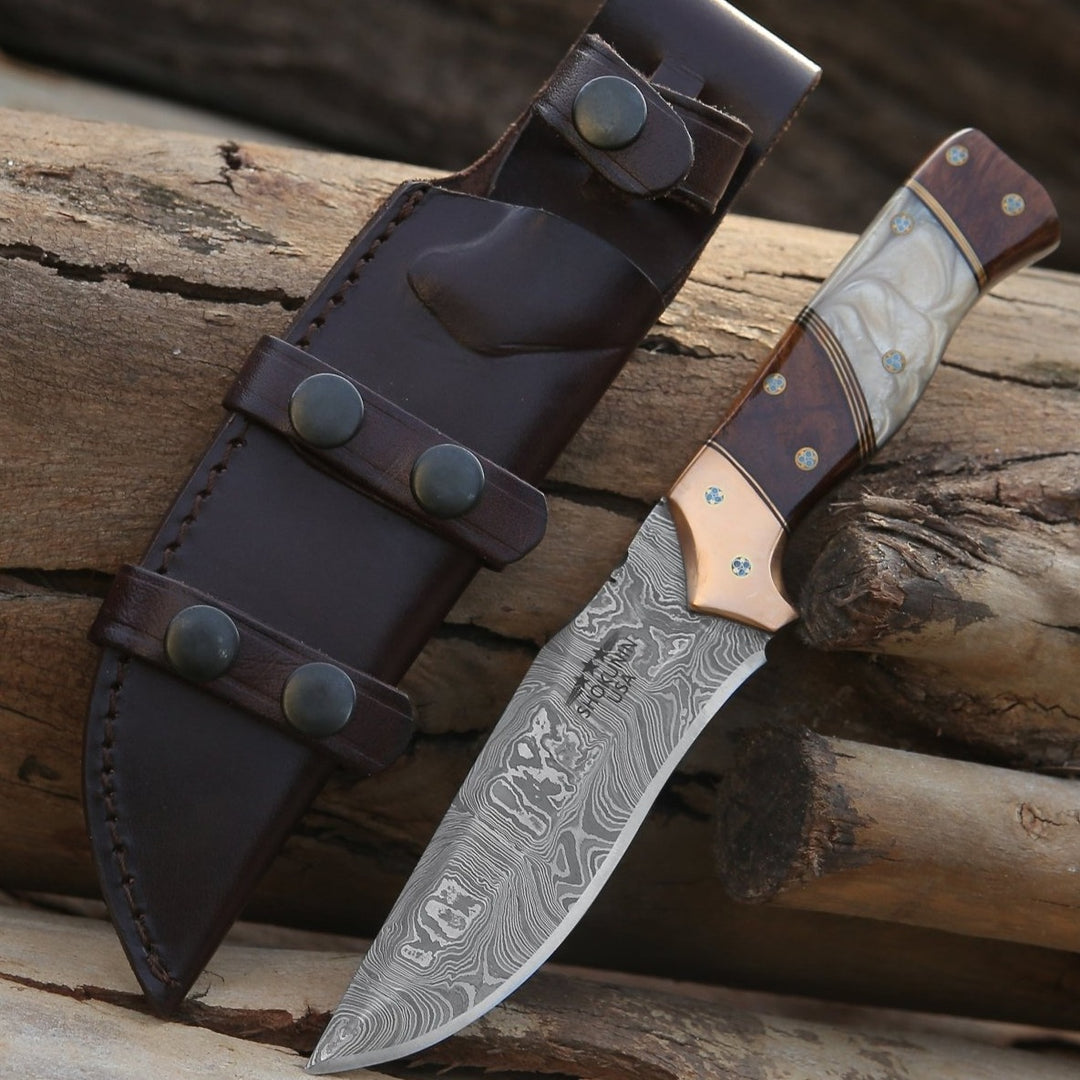
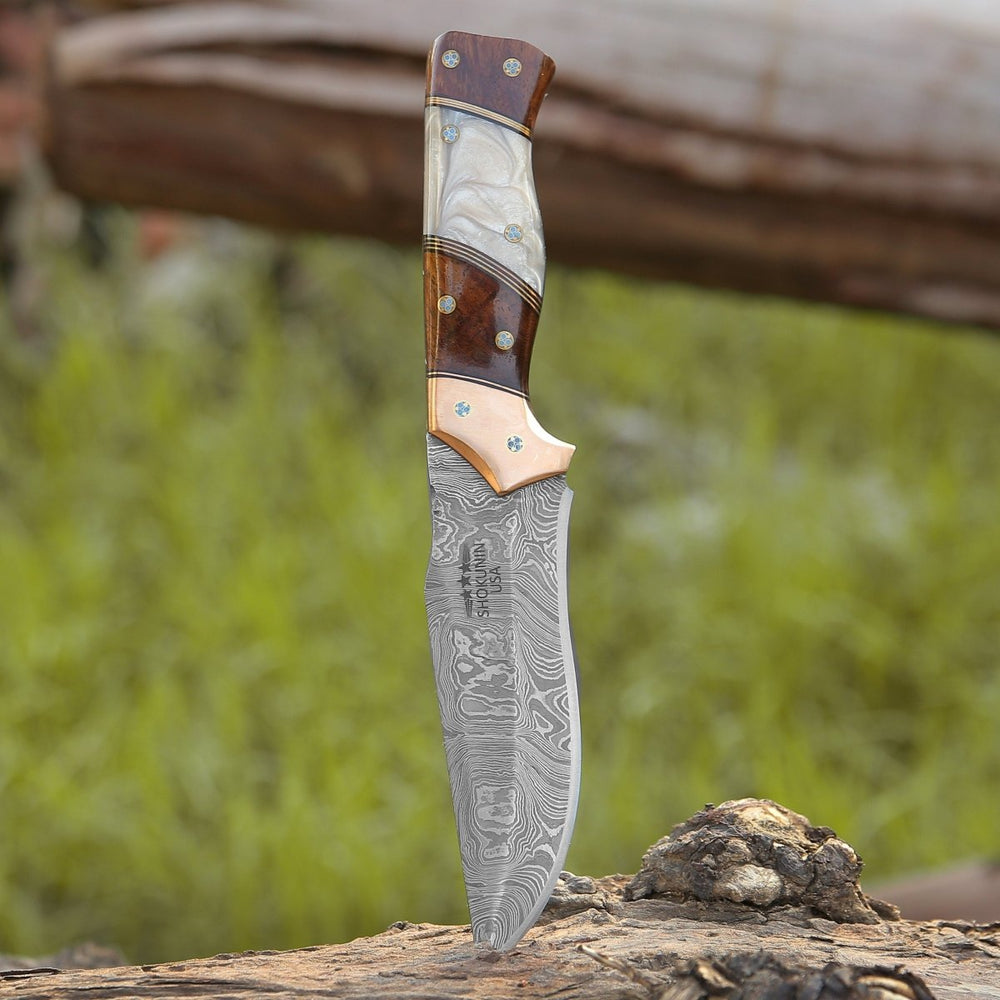


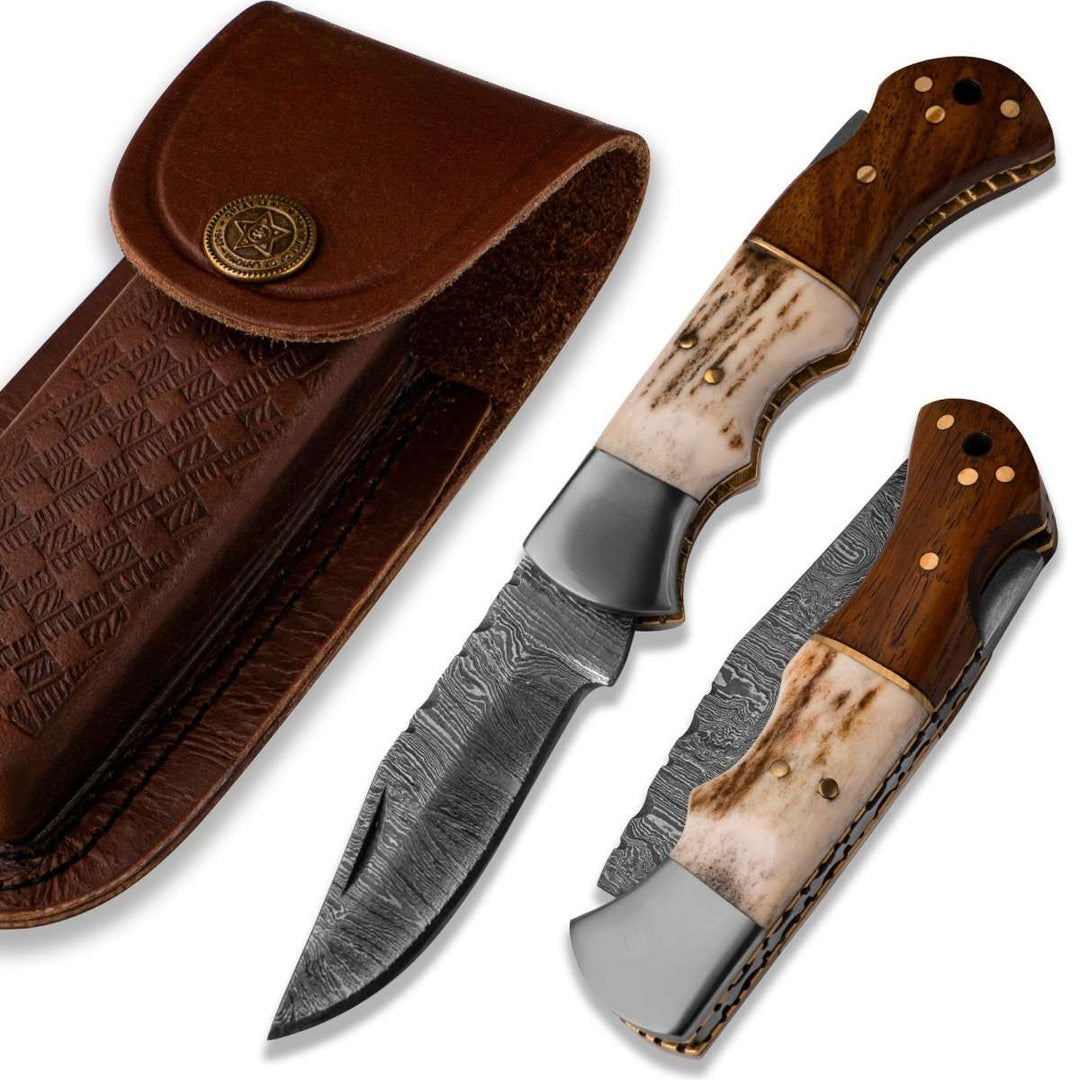
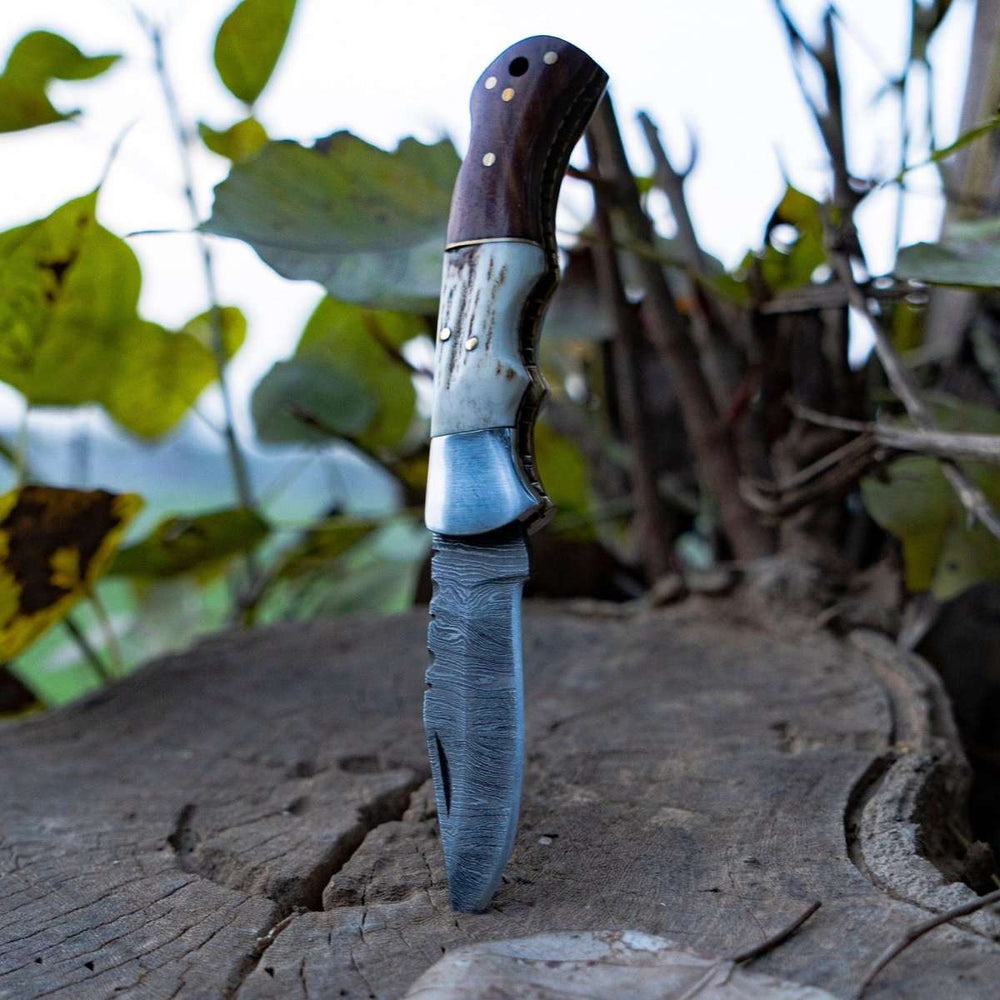




Dejar un comentario